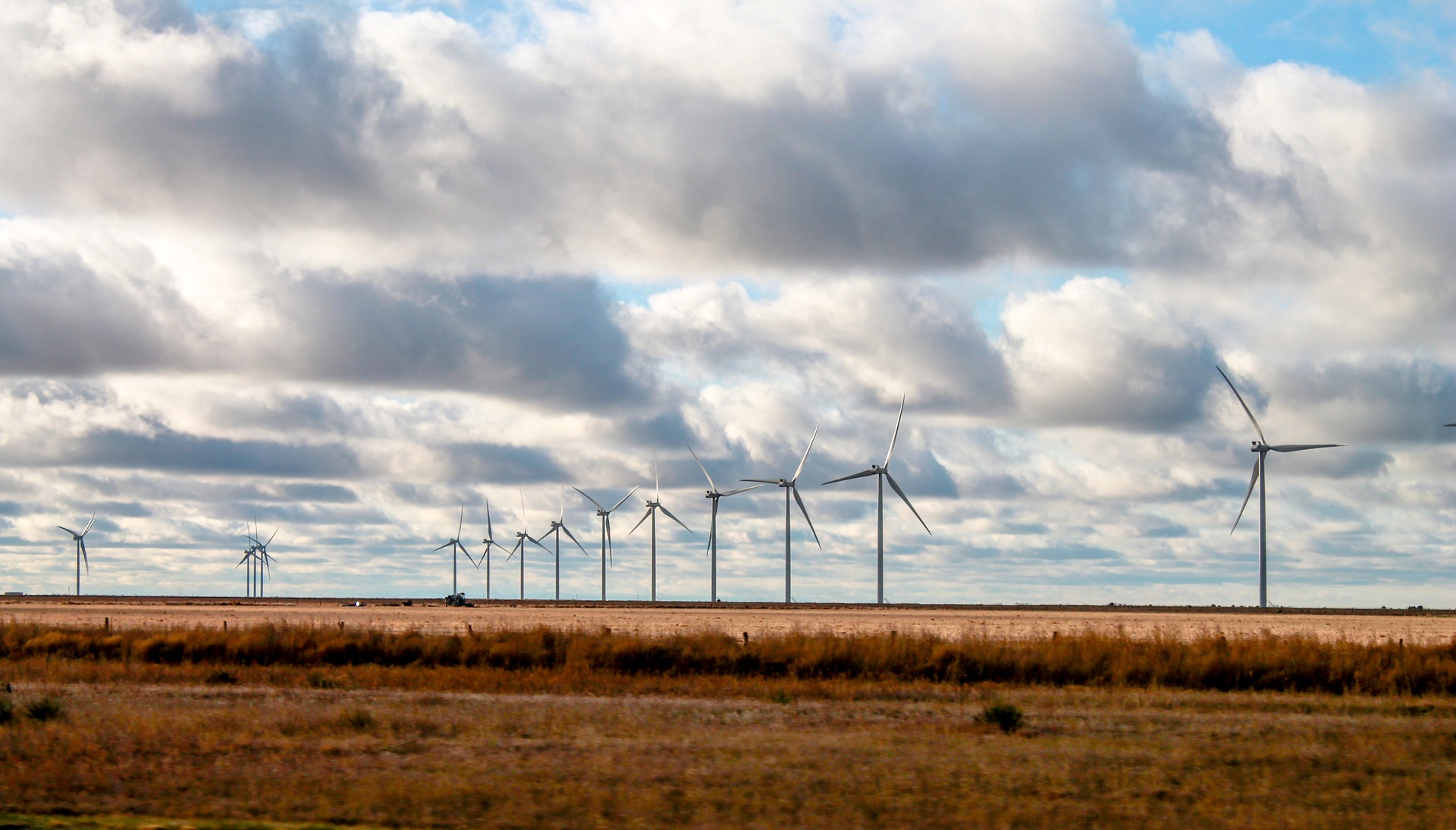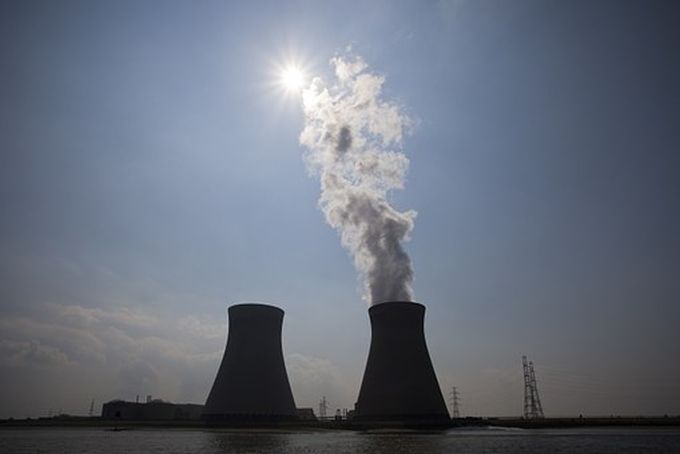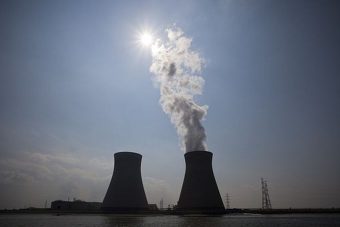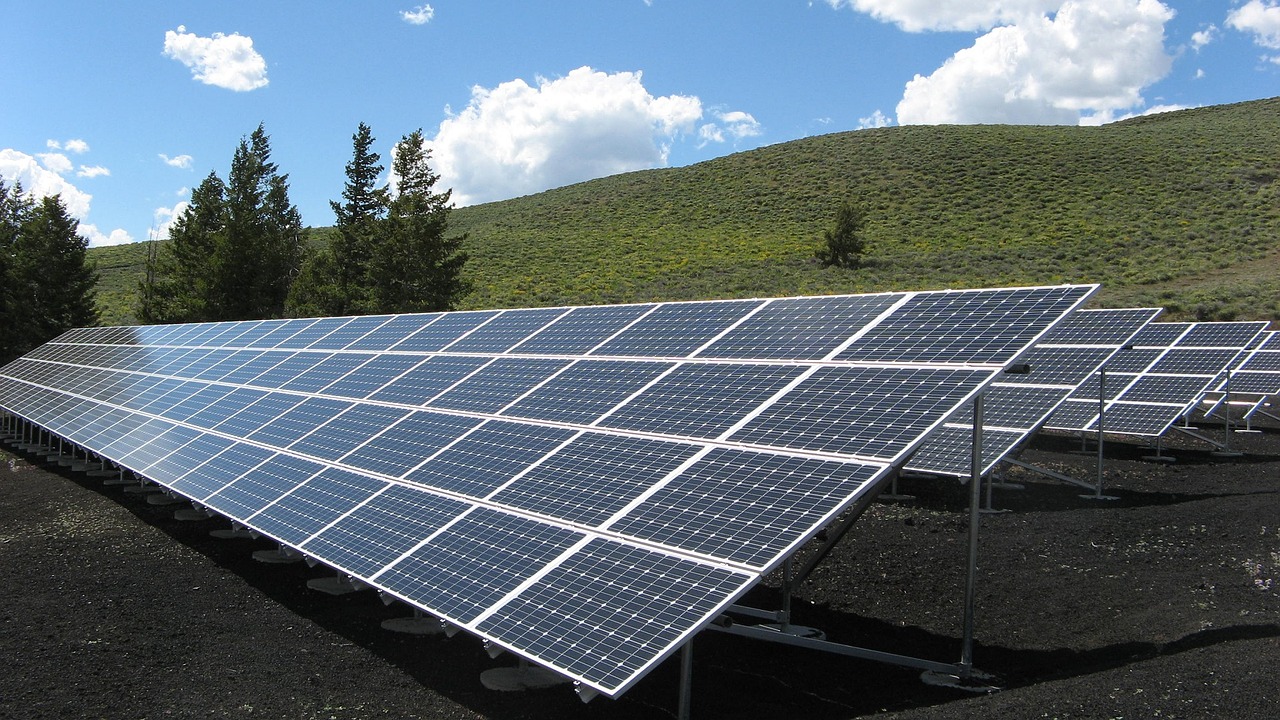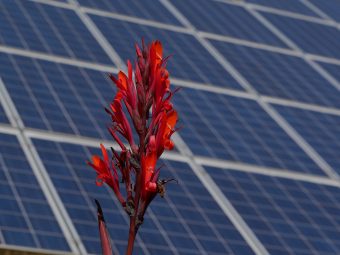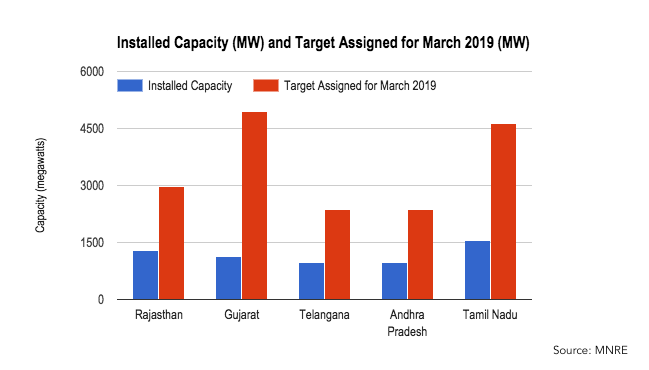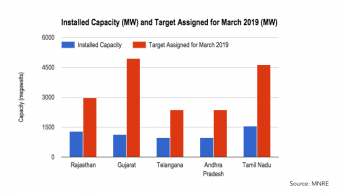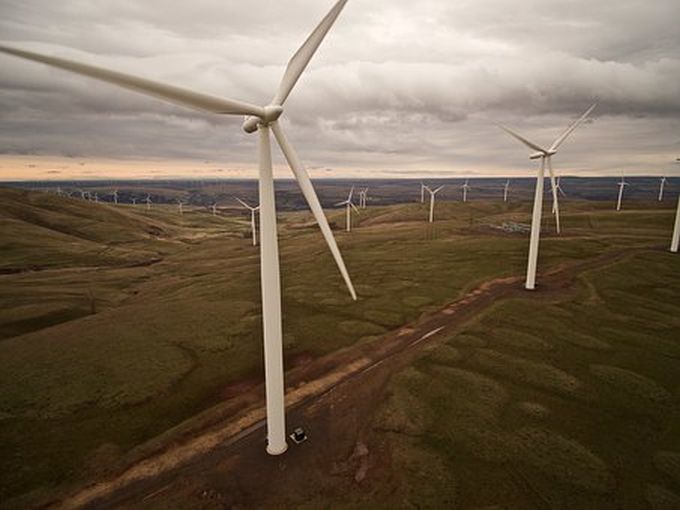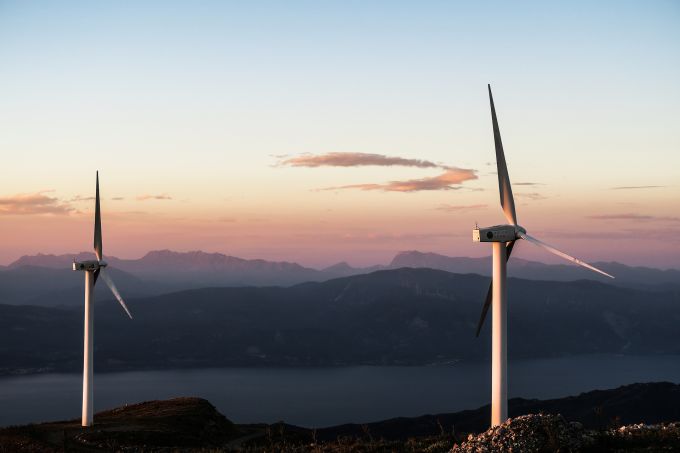
Despite a recent downturn, the Chinese government is moving full-speed ahead to invest heavily in renewable energy.
The country’s national regulators have already promoted renewable energy as a possible cure for the country’s notoriously-bad air pollution. But China has placed more emphasis on renewable power in its latest five-year economic plan.
One of the provisions of that plan calls for spending $360 billion on renewable energy by 2020, according to The New York Times. China’s National Energy Administration said last week that the investment would create 13 million jobs in the renewable-energy sector, as well as reduce greenhouses-gas emissions and smog.
China is currently the world’s largest source of greenhouse gases, emitting around twice as much as the U.S., according to Environmental Protection Agency (EPA) estimates.The move may also be an attempt by the Chinese government to catapult Chinese industry to a dominant position in the manufacturing of products like solar panels.
Aggressive promotion of renewable energy by the Chinese government has already contributed to a global plunge in photovoltaic solar-cell prices over the past few years. And it’s possible that the new Chinese policy could put the incoming Trump administration in a somewhat awkward position.
While China is doubling down on renewable energy, the U.S. may head in the opposite direction under a new administration. During his campaign, Trump espoused support for the coal and oil industries, and he has picked Oklahoma Attorney General Scott Pruitt to head the EPA.
Pruitt is a climate-science denier who has sued the agency he is intended to lead multiple times. Yet Trump has also promised to boost job growth in the U.S. and prevent jobs from being outsourced to other countries—including China. However, the Chinese investment along with a possible U.S. pivot away from renewable energy could see jobs in the sector go to Chinese workers, notes The New York Times.
China’s relationship with Trump is already somewhat uneasy. Chinese state media recently warned him that he’ll be met with “big sticks” if he tries to start a trade war or otherwise antagonize the country, according to Bloomberg.
Source: greencarreports.com





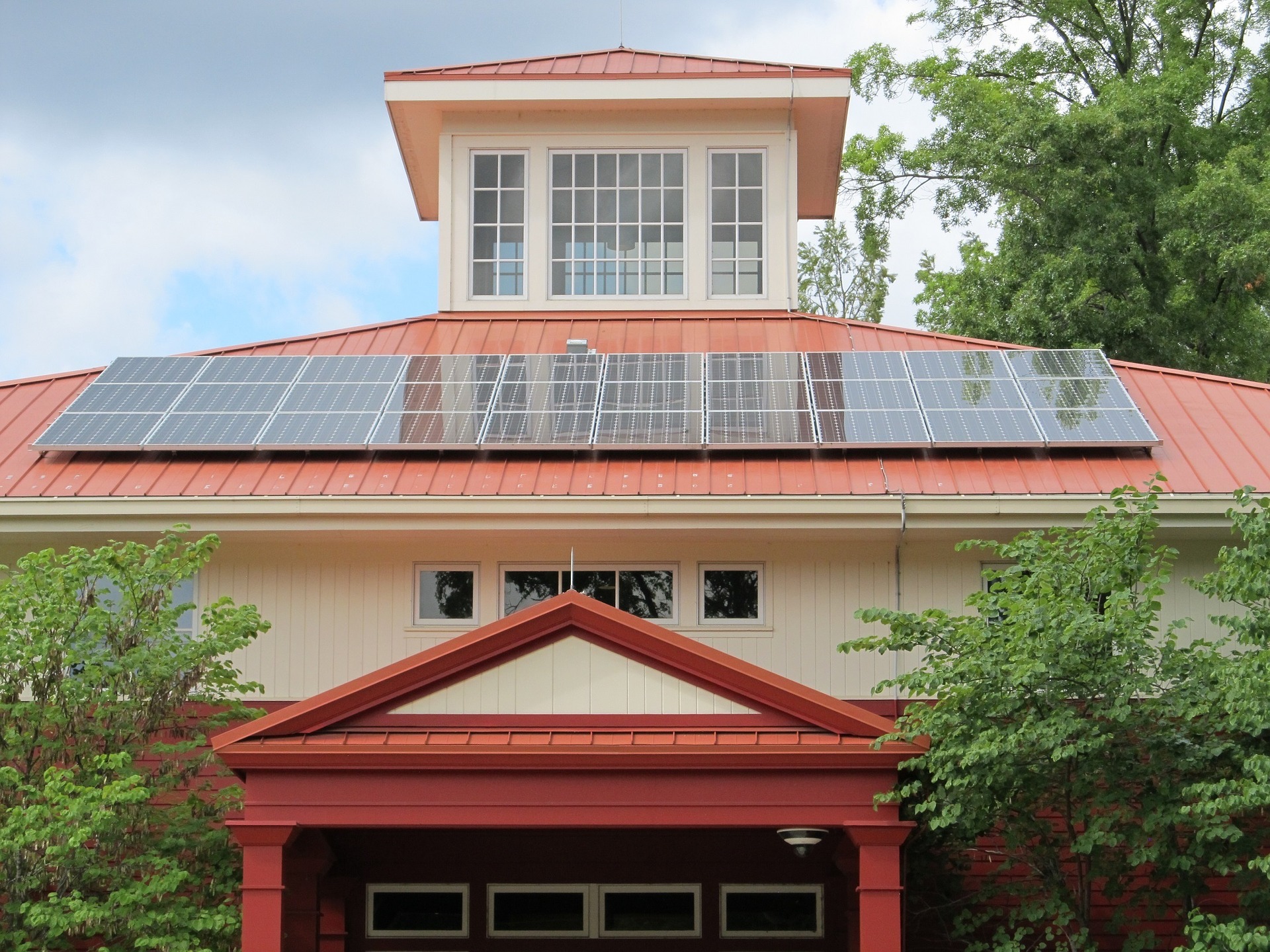
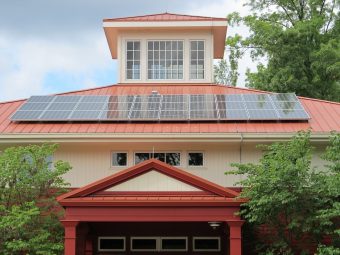

 The German city of Essen is Europe’s “Green Capital” in 2017, a title awarded by the European Commission, for its success in transitioning from a heavily polluting mining center to a clean and green economy.
The German city of Essen is Europe’s “Green Capital” in 2017, a title awarded by the European Commission, for its success in transitioning from a heavily polluting mining center to a clean and green economy.